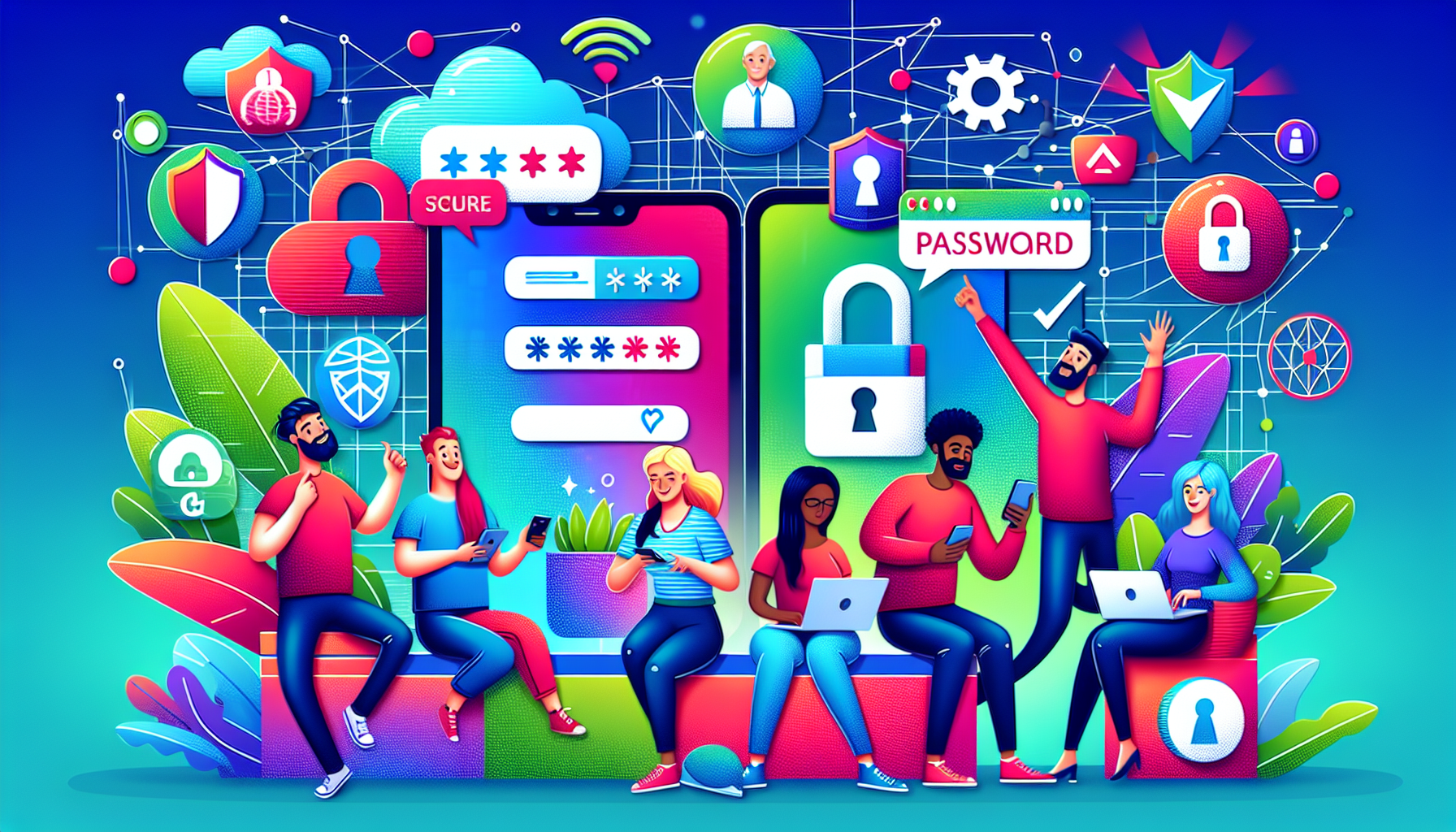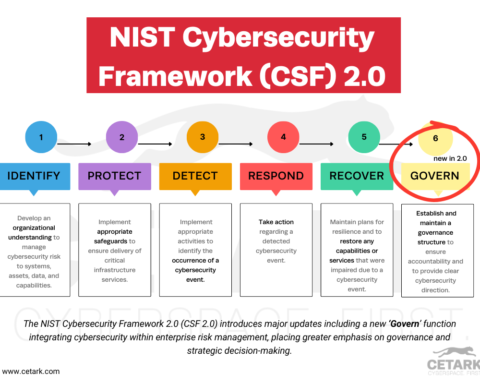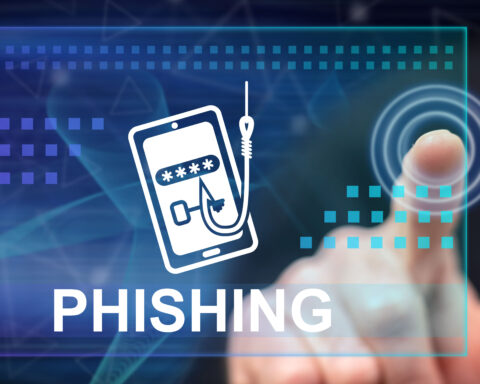When data is stolen in a breach, it embarks on a journey through the criminal underworld. From breaches to dark web sales, the lifecycle of stolen data from data breach to sale involves several key stages. Understanding this lifecycle is essential for comprehending how cybercriminals operate and the risks involved. This article explores these stages, the methods used to process and sell stolen data, and the impact on individuals and organizations.
Key Takeaways
- Data breaches occur through various methods including hacking, malware, insider leaks, and human error, leading to significant financial repercussions.
- Stolen data is meticulously sorted and packaged for sale on dark web marketplaces, where its value increases based on the breadth of the information included.
- Preventing data breaches requires a multi-layered security approach, including employee training, robust monitoring for compromised credentials, and adopting best practices for data protection.
How Data Breaches Occur

Data breaches refer to the infiltration of a data source to extract confidential information. Cybercriminals employ various methods to access sensitive data, leading to unauthorized access and significant financial losses.
The tactics used are diverse and constantly evolving, including:
- Hacking
- Malware attacks
- Insider leaks
- Human error
The repercussions of these breaches are severe, affecting millions and resulting in substantial breach costs.
One of the primary ways data breaches occur is through hacking methods. Cybercriminals exploit software vulnerabilities and weak passwords to gain unauthorized access to computer systems. Automated tools are often used to carry out credential stuffing attacks, where stolen credentials are tested across multiple services. Additionally, brute force attacks involve systematically guessing passwords until the correct one is found, often accelerated by malware.
Malware and ransomware are other prevalent methods. Ransomware locks down access to a victim’s data by encrypting it, making it inaccessible until a fee is paid. This type of attack is particularly common against enterprise companies due to the high value of their data. Phishing attacks, meanwhile, trick users into revealing sensitive information by masquerading as trusted entities. These attacks aim to steal financial or confidential data from both individuals and businesses.
Hacking Methods
Hacking methods are a significant cause of data breaches. Cybercriminals often exploit software vulnerabilities to gain unauthorized access to systems. Brute force attacks, where attackers systematically guess passwords until they find the correct one, are common. These attacks are often accelerated by malware, which speeds up the process of guessing passwords.
Credential stuffing is another method used by hackers. This technique involves using automated tools to test stolen credentials across multiple services, taking advantage of the common practice of password reuse. Cybercriminals exploit the fact that many people use the same passwords for different accounts. By obtaining credentials from one breach, they can potentially gain access to multiple accounts.
State-sponsored hackers and organized cybercriminal groups often conduct targeted attacks on specific organizations. These attacks are meticulously planned and executed, exploiting weak passwords and other security practices to gain access to sensitive data. Once inside, they can steal credentials, deploy malicious software, and cause significant damage.
Malware and Ransomware
Malware and ransomware are powerful tools in the cybercriminal’s arsenal. Ransomware attacks are particularly devastating, as they encrypt a victim’s data, rendering it inaccessible until a ransom is paid. Victims, often enterprise companies, are targeted because of the high value of their data. The ransom is typically demanded in cryptocurrency to maintain the attacker’s anonymity.
Malware, a type of malicious software, is used to infiltrate systems and steal sensitive data. Advanced persistent threats (APTs) are a sophisticated form of malware used by state-sponsored hackers to maintain long-term access to a network. This allows them to steal data over an extended period without detection.
The impact of such attacks can be severe, leading to significant data loss and financial damage.
Phishing Attacks
Phishing attacks are a prevalent method used by cybercriminals to gain unauthorized access to sensitive information. These attacks involve tricking users into revealing their credentials by posing as trusted entities, such as banks or colleagues. Phishing emails often contain malicious links that, when clicked, lead to compromised data.
The consequences of phishing attacks can be severe. Once cybercriminals gain access to email accounts or other sensitive systems, they can steal credentials, install malicious software, and carry out further attacks. Phishing attacks are not only aimed at individuals but also businesses, leading to financial fraud and identity theft.
Types of Data Stolen in Breaches

Data breaches can target a wide variety of sensitive information, especially when a data breach occurs.
In the First American Financial Corporation data breach, for example, exposed data included:
- bank account numbers
- mortgage records
- driver’s licenses
- Social Security numbers
- tax documents
The type of data stolen can have significant implications for both individuals and organizations.
Personal data, financial information, and corporate data are the primary targets in data breaches. Personal data often includes Social Security numbers, birth dates, and driver’s license numbers, which can be used for identity theft. Financial information, such as bank account details and credit card numbers, is highly sought after for financial fraud. Corporate data, including intellectual property and trade secrets, can be exploited for competitive advantage.
Personal Data
Personal data is a frequent target in data breaches. Cybercriminals often seek out Social Security numbers, birth dates, and driver’s license numbers. This type of data can be used to commit identity theft, leading to long-lasting consequences such as financial distress and damage to personal reputation.
Medical records and other personal health information are also at risk. Healthcare data breaches can expose sensitive information that can be misused for identity theft and financial fraud. The theft of personal data can have severe repercussions, affecting an individual’s identity and financial stability.
Financial Information
Financial information is a prime target for cybercriminals. Credit card details and bank account credentials are among the most commonly stolen data during breaches. This information is highly valuable on the dark web, where it can be sold for financial gain.
The theft of financial data can lead to significant financial fraud. Unauthorized transactions, identity theft, and compromised bank accounts are common consequences. Both individuals and institutions can suffer substantial financial losses, leading to direct costs such as legal fees and indirect costs like lost business.
Corporate Data
Corporate data breaches can have severe implications for businesses. Attackers often target intellectual property and trade secrets, which can be used to gain a competitive edge. The theft of such sensitive information can compromise a company’s market position and disrupt its operations.
Corporate espionage may involve stealing sensitive information that can jeopardize a company’s competitive position. The consequences of such breaches can include financial losses, damaged reputations, and loss of stakeholder trust. Protecting corporate data is crucial for maintaining operational integrity and competitive advantage.
Processing Stolen Data
Once data is stolen, it undergoes a meticulous process of sorting and cleaning. Cybercriminals categorize stolen data to verify its authenticity and enhance its marketability. This process involves cross-referencing the data with known databases to ensure its accuracy and reliability.
Stolen data is often bundled into comprehensive packages or lists, which can attract higher prices on the dark web. These packages, known as combo lists, compile various credentials and information from breaches, making them more appealing to buyers.
The organized and verified data is then prepared for illegal sale on dark web marketplaces.
Data Sorting and Cleaning
Cybercriminals meticulously organize stolen information to ensure its reliability and enhance its appeal to potential buyers on the dark web. This involves categorizing the data and verifying its authenticity by cross-referencing it with known databases. The process of cleaning involves eliminating duplicates and ensuring that the credentials are unique and usable.
Organizing and validating the stolen data maximizes its marketability on illicit platforms. The cleaned and sorted data is then ready to be bundled and sold to other criminals for use in various illegal activities.
Packaging for Sale
Stolen data is frequently bundled into comprehensive packages or lists, significantly increasing its market value due to the breadth of information included. These packages, known as combo lists, compile various credentials and information from breaches, making them more appealing to buyers on the dark web.
The organized and verified data is then prepared for illegal sale on dark web marketplaces. Packaging data into comprehensive lists allows cybercriminals to attract higher prices and increase transaction efficiency.
The Dark Web Marketplaces

The dark web consists of a concealed part of the internet. It cannot be accessed using standard web browsers. It is here that a variety of stolen data is sold, including credentials, financial information, and software exploits. Transactions on the dark web are characterized by their anonymity, with cybercriminals using various methods to secure payment and distribute malware.
Stolen information is commoditized and sold in combo lists that compile various credentials and information from breaches. The anonymity and encrypted communications in darknet markets pose significant challenges for law enforcement agencies attempting to trace transactions.
Key Marketplaces
Combo lists, which are compilations of stolen data from various breaches, are traded widely in cybercriminal circles. These lists typically include usernames, addresses, ID numbers, and passwords. The price of stolen data can vary widely, with Social Security numbers selling for as low as $1 and U.S. passports for up to $2,000.
Each new data breach contributes to increasing the value of combo lists in cybercriminal circles. The dark web remains a thriving marketplace for these illicit transactions, with prices ranging from $5 to $110 for stolen credit or debit card details.
Transaction Methods
Darknet market transactions are often facilitated by cryptocurrencies, enhancing the anonymity of buyers and sellers. The use of cryptocurrencies and encrypted communications makes it challenging for law enforcement agencies to trace transactions and identify the parties involved.
The combination of anonymity and encrypted communications in darknet markets poses significant challenges for law enforcement. Despite these challenges, efforts continue to disrupt these illicit marketplaces and hold cybercriminals accountable.
Uses of Stolen Data

Stolen data is used for a variety of illegal activities, ranging from identity theft and financial fraud to corporate espionage. Darknet markets function similarly to traditional e-commerce platforms, allowing vendors to connect with buyers for stolen data transactions. Misusing stolen credentials can lead to compromised privacy, corporate security issues, financial loss, and reputational damage.
Credential stuffing, phishing campaigns, and account takeovers are common uses of stolen credentials. Cybercriminals exploit the stolen data to gain unauthorized access to accounts and carry out further attacks, causing significant harm to individuals and organizations.
Identity Theft and Fraud
Identity theft is one of the most common uses of stolen data. Cybercriminals frequently steal credit card information and bank account credentials during data breaches, leading to significant financial fraud. This stolen information can be used to make unauthorized transactions, open new credit accounts, and engage in various forms of financial fraud. The consequences for victims can be severe, including financial loss, reputational damage, and a lengthy recovery process.
In addition to financial fraud, stolen personal information such as Social Security numbers and driver’s license numbers can be used to assume an individual’s identity. This can result in unauthorized access to sensitive systems, further exacerbating the impact on the victim. Identity theft not only affects the individual’s financial stability but also their personal and professional life.
Credential Stuffing and Account Takeovers
Credential stuffing is a method where cybercriminals use stolen credentials to gain unauthorized access to accounts. By leveraging automated tools, they test these credentials across multiple services, exploiting the common practice of password reuse. Once they gain access, they can take over accounts, install ransomware, or trick coworkers into revealing additional sensitive information. This can lead to further breaches and significant financial fraud.
Account takeovers are particularly damaging as they can compromise not only individual accounts but also corporate data. Cybercriminals can use the access to install malicious software, conduct phishing campaigns, or carry out other illegal activities. The impact on victims includes financial loss, loss of access to critical services, and potential reputational damage.
Corporate Espionage
Corporate espionage involves the theft of sensitive corporate information, which can severely impact business operations and competitiveness. Hackers often use advanced persistent threats (APTs) to access corporate networks undetected, allowing them to steal data over an extended period. This stolen information may include intellectual property, trade secrets, and confidential projects.
The consequences of corporate espionage can be severe, leading to financial losses, damaged reputations, and loss of competitive advantage. Businesses may find their trade secrets compromised, their market position threatened, and their stakeholder trust eroded.
Protecting corporate data from such threats is crucial for maintaining operational integrity and competitive edge.
Detection and Prevention

Detecting and preventing data breaches requires a multifaceted approach. Data breaches can stem from both malicious attacks and simple oversights, highlighting the importance of robust security measures. Regular employee training on cybersecurity and threat recognition is vital for enhancing organizational data security. Identifying cybersecurity risks and implementing a multi-layered defense system are essential proactive measures.
Data breach insurance can also help mitigate risks from data loss and cover breach-related costs. By adopting best practices and investing in data security, organizations can better protect sensitive information from unauthorized access and breaches, emphasizing the importance of data breach prevention.
Monitoring for Compromised Credentials
Monitoring for compromised credentials is crucial for maintaining organizational security. Organizations can implement alert systems that notify them of compromised credentials found in dark web monitoring. Regular security audits help identify vulnerabilities and ensure compliance with industry standards, strengthening data protection.
Both monitoring for signs of compromised credentials and conducting regular security audits are important practices for safeguarding against data breaches. By staying vigilant and proactive, organizations can reduce the risk of unauthorized access and protect sensitive data.
Best Practices for Data Security
Adopting best practices for data security is essential for preventing data breaches. Multi-factor authentication enhances account security by requiring multiple forms of verification to access sensitive data. To prevent credential theft, a multifaceted approach is necessary. This includes the implementation of technology, policy changes, and education.
Regular employee training on cybersecurity, implementing strong password policies, and using password managers can significantly reduce the risk of data breaches. By prioritizing data protection and staying informed about the latest security practices, organizations can better defend against unauthorized access and breaches.
Summary
Understanding the lifecycle of stolen data from breach to sale is crucial in the fight against cybercrime. Data breaches occur through various methods, including hacking, malware, and phishing attacks. The types of data stolen range from personal and financial information to corporate data, all of which have significant implications when compromised.
By processing and packaging stolen data for sale on dark web marketplaces, cybercriminals exploit the vulnerabilities in our digital world. The uses of stolen data are vast, including identity theft, financial fraud, and corporate espionage. However, through vigilant monitoring and robust data security practices, we can detect and prevent breaches, protecting our sensitive information from unauthorized access.
Frequently Asked Questions
What are the primary methods cybercriminals use to conduct data breaches?
Cybercriminals primarily use hacking, malware, ransomware, and phishing attacks to breach data security. These tactics enable them to gain unauthorized access to sensitive information, highlighting the need for robust cybersecurity measures.
What types of data are most commonly targeted in data breaches?
Personal data, financial information, and corporate data are the most commonly targeted types in data breaches, making it essential for individuals and organizations to enhance their security measures.
How do cybercriminals process stolen data for sale?
Cybercriminals typically sort and clean stolen data to verify its authenticity and improve market appeal, then package it into organized lists or combo packs for sale on the dark web. This process ensures the data is ready for potential buyers.
What are the uses of stolen data?
Stolen data is primarily used for identity theft, financial fraud, and various forms of cybercrime such as account takeovers and corporate espionage. Protecting your data is essential to prevent these illegal activities.
What measures can be taken to prevent data breaches?
To prevent data breaches, it is crucial to implement multi-factor authentication, conduct regular security audits, provide employee training, and actively monitor for compromised credentials. These measures collectively strengthen your organization’s data security.








